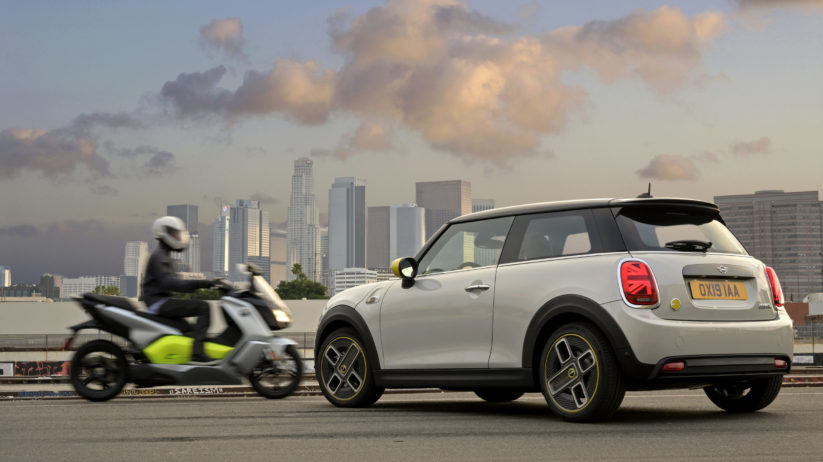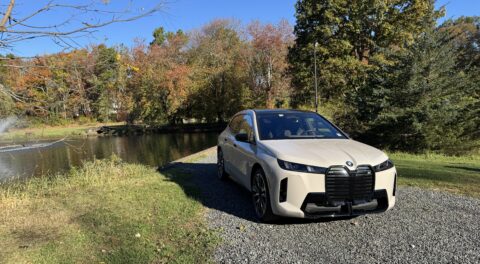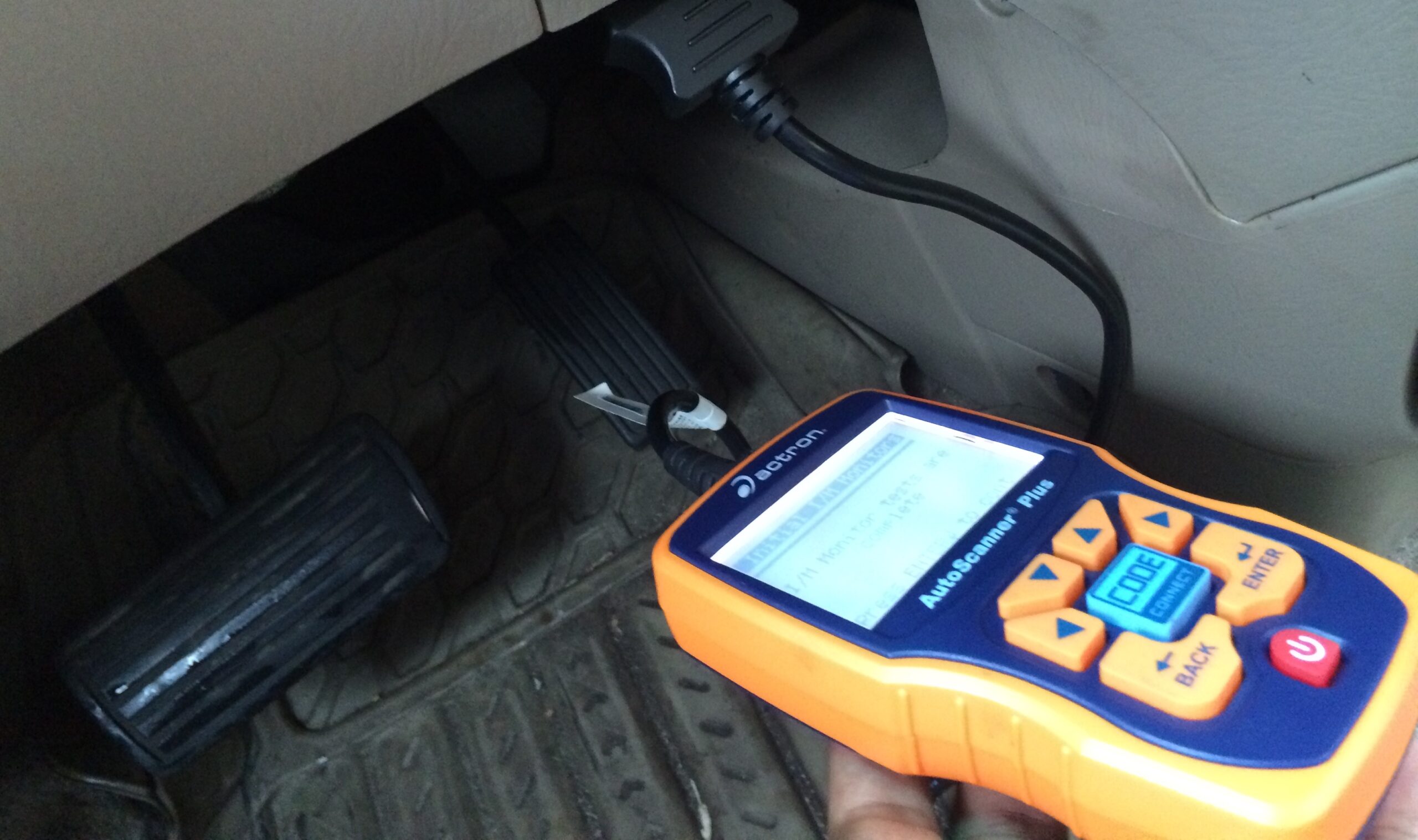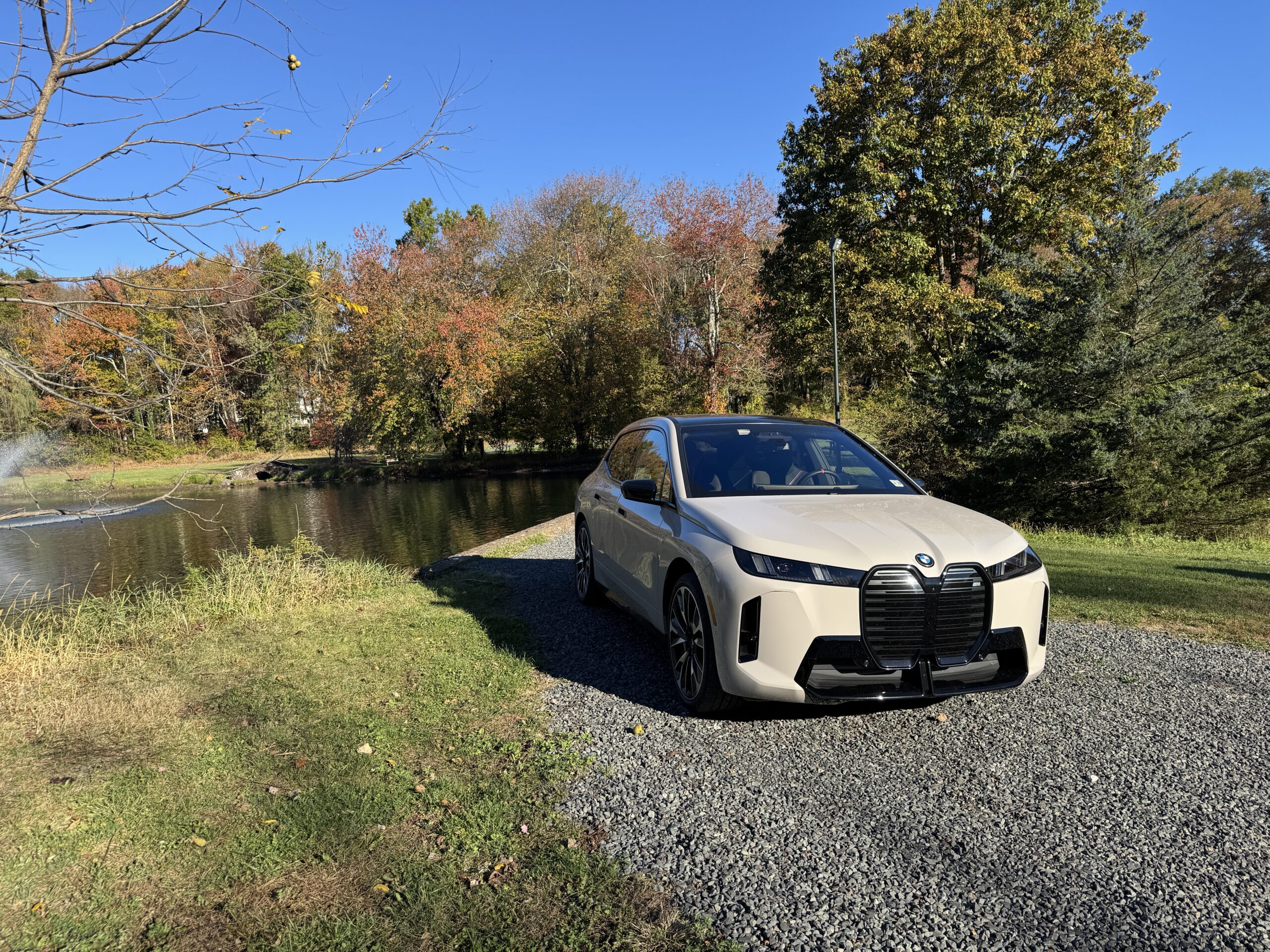You’ve heard it before: The world may never return to what we considered normal prior to the pandemic. It sure seems like we’re going to be enjoying our local environment more, traveling less, and working remotely more often. But here’s some good automotive news: Right now is a spectacular time to try out electric-vehicle ownership.
Granted, there are other pressing matters at the forefront of many enthusiasts’ minds, but let’s consider a world where we are healthy, but must continue working from home and socially distancing: no grand road trips, fewer long drives to see family. Fewer demands on the car as a whole.
Under these local constraints, minimizing outings and putting fewer miles on our cars, we’ve already seen the global lockdown take its toll on internal-combustion-engine vehicles, with stale fuel, dead batteries, and the general signs of misuse that plague all vehicles that sit for extended periods of time (after all, engines are built to be used).
There are plenty of solutions for this, like battery tenders, fuel stabilizers, and climate-controlled garages—tricks well understood by those of us with too many cars and not enough time or favorable weather to enjoy them frequently enough.
But since travel is minimized, reduced to grocery outings and near-essential travel, there are other options for personal mobility: alternative fuels. For most of us, this means electric vehicles.
Picture the scene, taking the car off your smart charger to run to the store, or drop off mail, or pick up essential supplies. Enjoy a modern, stress-free car, while your internal-combustion weekend toy sits in the garage, ready for those isolation drives.
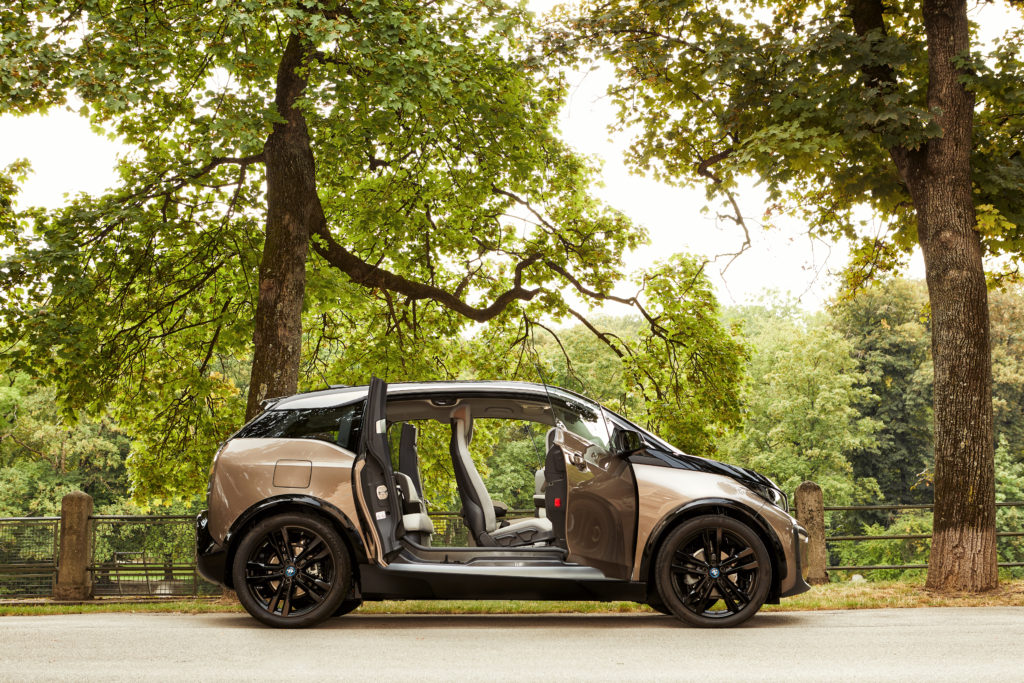
Although production is down globally, there are plenty of EVs from 2019 and Q1 2020 that are new to the market and available to try. From the BMW perspective, this includes the i3, i3S, i3 Range Extender (or REX), and i3S REX, all of which can benefit from the federal $7,500 EV tax credit as well as other state and local incentives—if they’re still offered where you live.
We’ve grown used to the seven-year-old i3 by now, but this doesn’t mean that it’s not a modern and spectacularly ergonomic solution to urban mobility, to use BMW’s preferred term. And since it’s an older platform in production after the usual six-year model cycle, there are plenty of deals to be had. There are BMW CCA members in California (one of the states with more dramatic incentives on EVs, even now) paying $250 a month or less for an i3 lease. There are no fuel costs associated with that experience, so I challenge you to match that with your internal-combustion daily driver.
(My source for the above lease information would also like to remind everyone that the i3 will beat an F80 M3 to 30 miles per hour, which I’m told is relevant.)
Whenever we mention the i3, there’s always grumbling about the design. I suppose that for some people a torquey rear-wheel-drive carbon-fiber daily driver with every contemporary amenity and an airy, modern interior simply doesn’t tick the right boxes.
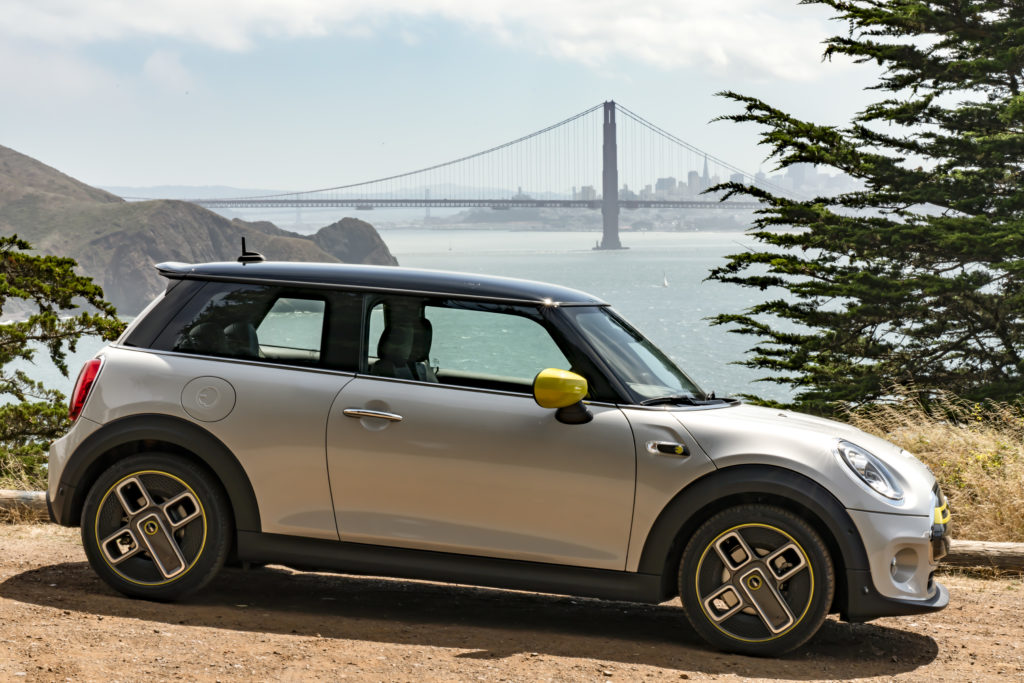
Yes, it’s time to talk about MINI. While the small-car purveyor has given us plug-in hybrids before, the new MINI Electric Hardtop follows a more traditional route—and it’s my opinion that, of the entire lineup, the MINI Electric is the car most in line with MINI heritage.
In 1959, the Austin Mini brought fun, exciting motoring to the masses. That car, and the more potent Mini Cooper that followed, brought to the market the ability to commute, grocery shop, and hit the back roads in one small, sporty car—years before the BMW Neue Klasse sedan would do the same for the touring-car segment.
The contemporary MINI Electric does the same for electric vehicles, combining affordability and practicality with the stylish appeal of MINI design. It’s a tossable, joyously quick car that satisfies the needs of the average commute, as well as the personal desire to have fun on the way home from work.
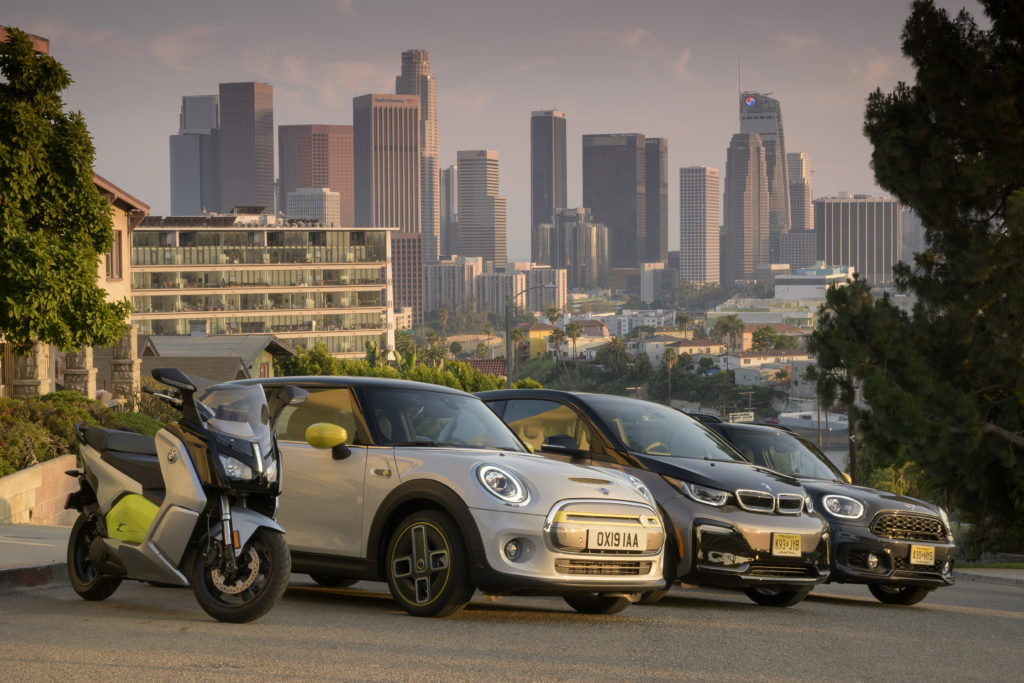
But in today’s climate, the MINI Electric is even more perfect. With limited travel, questions of range hardly matter; commutes and travel are minimal. The ability to charge at home limits contact with gas-station handles, and the added fuel saving mean more funds to put aside for the next pandemic.
And who knows? Maybe you’ll find an electric vehicle that’s fun enough to take out on the weekend, too.—David Rose
[Photos by David Rose.]

